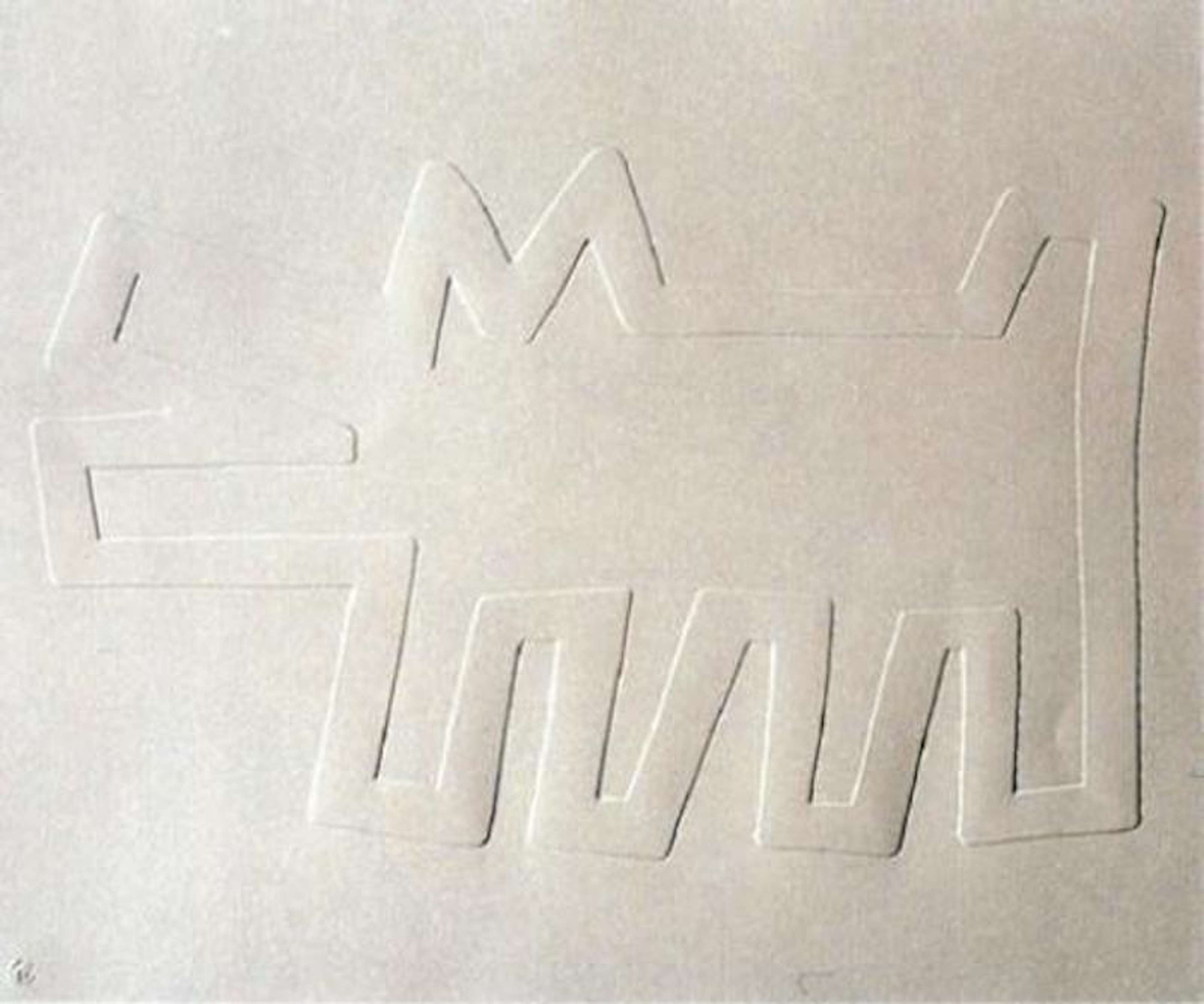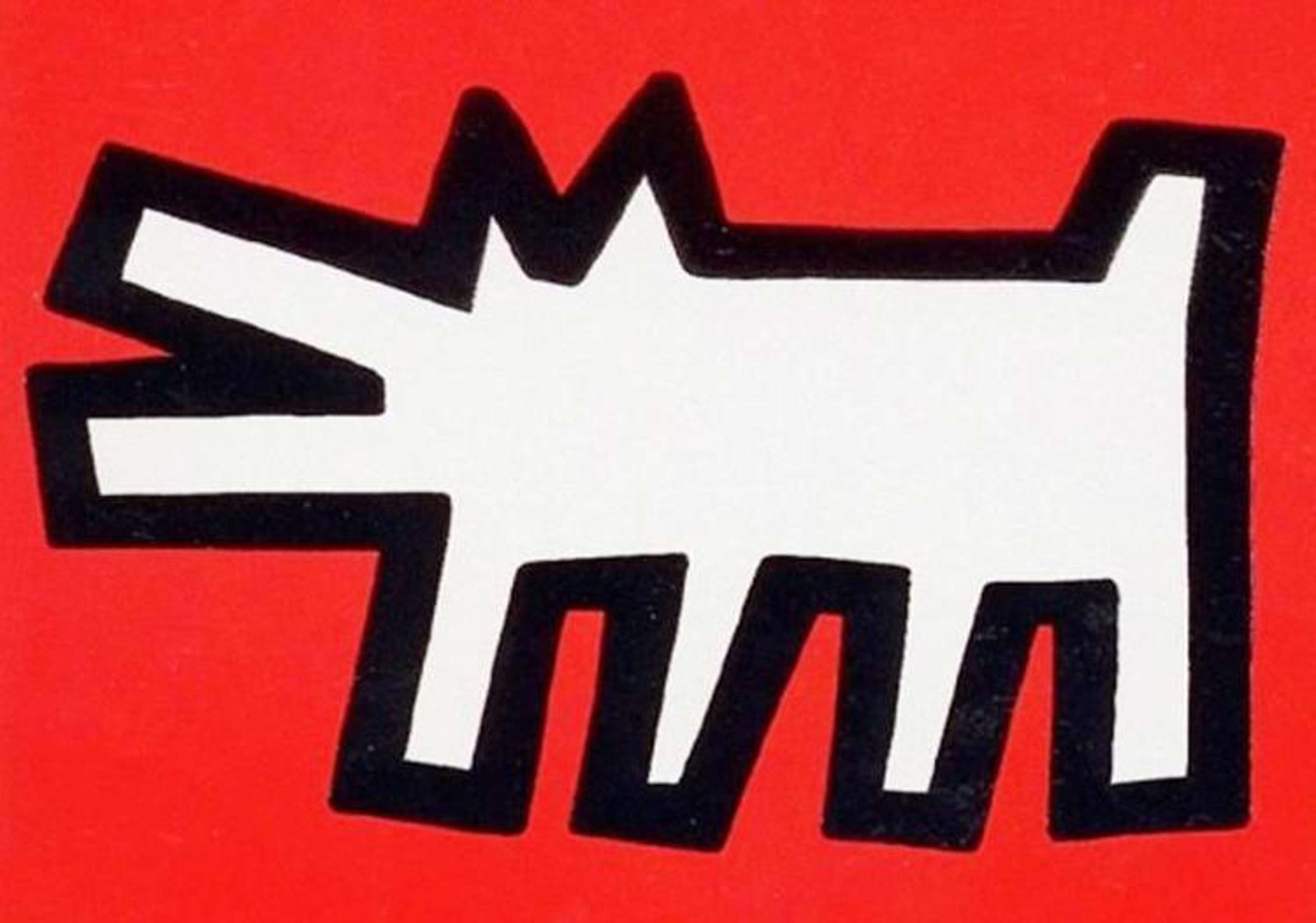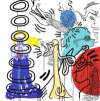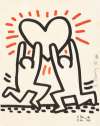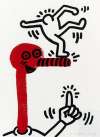Dog
Keith Haring's Dog 1985 prints demonstrate his ability to express complex social issues in simple, graceful shapes. Haring’s most famous icon, his dog, has a bark that calls attention to social struggle, here, the topical anxieties of 1980s New York—the HIV/AIDS epidemic, Cold War, and the crack epidemic.
Keith Haring Dog For sale
Dog Value (5 Years)
Works from the Dog series by Keith Haring have a strong market value presence, with 28 auction appearances. Top performing works have achieved standout auction results, with peak hammer prices of £285433. Over the past 12 months, average values across the series have ranged from £61711 to £241385. The series shows an average annual growth rate of 18.84%.
Dog Market value
Auction Results
| Artwork | Auction Date | Auction House | Return to Seller | Hammer Price | Buyer Paid |
|---|---|---|---|---|---|
 Dog Keith Haring Signed Print | 24 Oct 2024 | Phillips New York | £51,000 | £60,000 | £80,000 |
Sell Your Art
with Us
with Us
Join Our Network of Collectors. Buy, Sell and Track Demand
Meaning & Analysis
A unique set of compositions, depicted in his trademark visual language, Dog shows one of Haring’s most iconic symbols, the barking dog. Showing one of Haring’s most iconic symbols, the barking dog, this series exemplifies the artist’s talent in conveying complex moral messages through succinct symbols and simplified figures.
Across the series each composition remains the same, differing only in colour and with Dog (yellow)and Dog (black) presented as semi-sculptural screen prints on plywood. Encompassed within the shape of Haring’s human-like standing dog figure is a chaotic scene of stick figures, televisions, dogs, humanoids and deformed animals, providing the viewer with a glimpse of Hell. The figures are shown devouring, having sex with and clambering on top of one another, with a devil-like figure spreading its wings at the top of the image. This dizzying frenzy of pictograms speaks to Haring’s feelings surrounding the socio-political events that characterised 1980s New York like the HIV/AIDS epidemic, the Cold War and crack epidemic.

